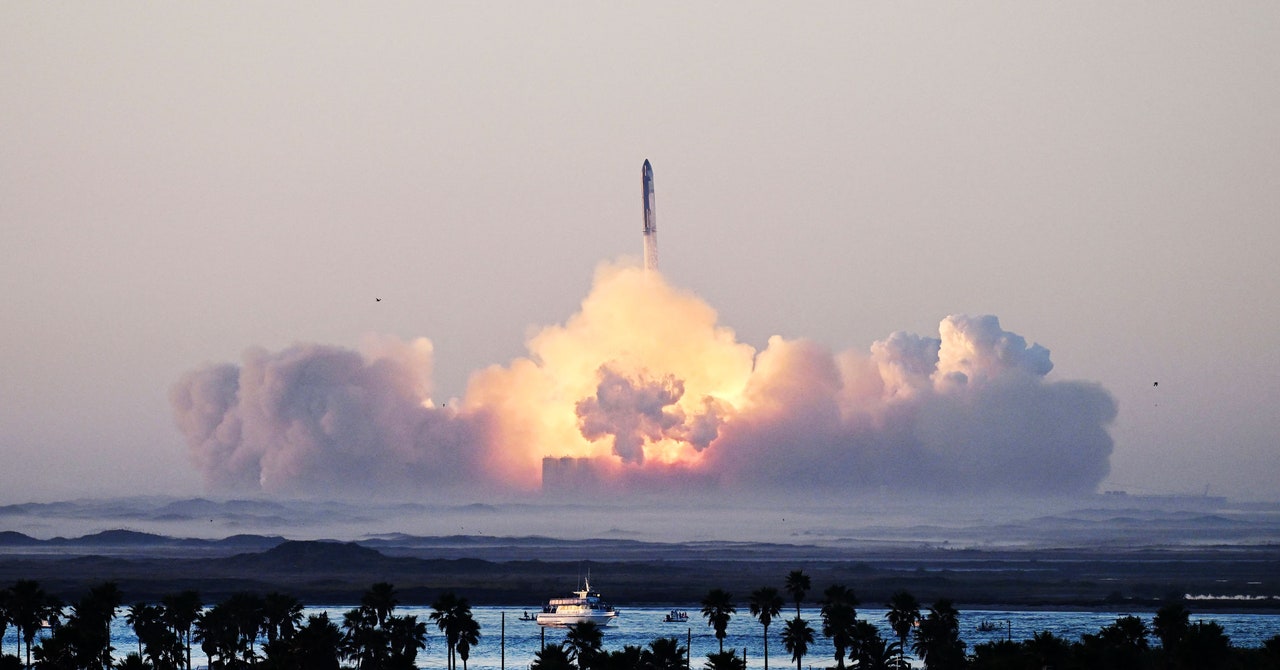
These test flights demonstrate how SpaceX’s development style differs from NASA’s, Forczyk says: While NASA tested every component to perfection before its Space Launch System and Orion spacecraft could launch—with federal agencies, Congress, and the White House looking over the agency’s shoulder—SpaceX improves by launching over and over again, seeking to do better with each effort.
Phil Metzger, a planetary scientist at the University of Central Florida who studies space economics, agrees. “SpaceX follows a development process where they test before they have all the problems solved, and that results in failures. They sometimes get criticized for it, but it’s a proven method that ends up being cheaper and faster,” he says.
Before it can launch again, SpaceX will need another launch license from the FAA, which it can’t get until it completes its current joint mishap investigation. The time between the first and second Starship flights took seven months, thanks to the previous investigation, and SpaceX’s hardware redesigns and launchpad reconstruction—but the third could come sooner. “I think the FAA will have fewer concerns this time, because there was no pad breakage and the explosion happened at a much higher altitude. I think they will give SpaceX a faster green light this time,” says Niloofar Kamran, an aerospace engineer at Cornell College.
However, an ongoing lawsuit by environmental organizations and local groups near the Boca Chica, Texas, launch site could delay the Starship program if it results in the FAA having to complete a new environmental impact statement, a more rigorous and time-consuming review.
SpaceX appears to be targeting early 2024 for its third test flight, based on the company’s filing with the Federal Communications Commission. Musk also wrote on X that the Starship flight hardware would be ready in three to four weeks. Once again, the goal will be to fly almost completely around the world, reenter the atmosphere, and splash down near Hawaii.
SpaceX will need at least a few successful test flights—including an uncrewed lunar landing—before it can put people on board. While returning from Earth orbit is one thing, safely bringing back astronauts from the moon is another. A lunar voyage involves faster reentry speeds and requires a spacecraft that can handle hotter temperatures.
Each Artemis mission will actually require SpaceX to launch many Starships: The plan will be to loft almost 20 of them, each carrying fuel, to fill a propellant depot in Earth orbit. A modified lander version of the spacecraft would then use the depot to fill its tanks and head to its lunar landing spot.
While SpaceX made some progress between the first and second test flights, the Starship engineers have their work cut out for them to make the rocket safe for crewed flights with NASA and private partners. “With each test flight, they are going to have greater standards for themselves, because they really need to move quickly,” Forczyk says.

